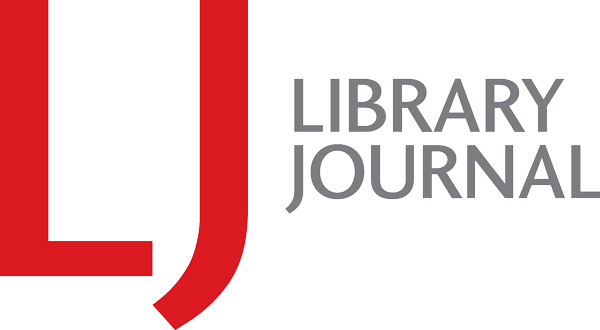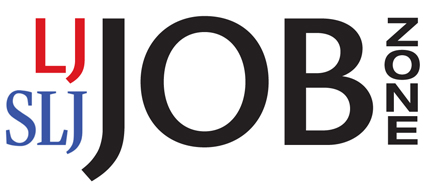Library of Congress Releases Revised/Updated “Recommended Formats Statement,” Includes New Section on Web Archiving
Earlier this month the Library of Congress released the revised 2016-2017 version of their Recommended Formats Statement.
Direct to the Document:
- Recommended Formats Statement (HTML Version)
- Recommended Formats Statement (PDF; 31 pages)
- Previous Version (PDF; 29 pages)
Background (via LC)
What is the purpose of the Library of Congress Recommended Formats Statement?
There are two primary purposes of the Statement. One purpose of the Statement is to provide internal guidance within the Library to help inform acquisitions of collections materials (other than materials received through the Copyright Office). A second purpose is to inform the creative and library communities on best practices for ensuring the preservation of, and long-term access to, the creative output of the nation and the world.
What criteria were used to identify the formats, thus creating the hierarchies?
There was no one specific formula to establish the hierarchies. Adoption, transparency and technical characteristics were all important, as was following established international standards. We began with existing Library documentation, such as the current ‘Best Edition’ specs and the Sustainability of Digital Formats then called upon internal experts on preservation, reference and collection development and communicated with experts from outside the Library as well. Not all lists within the Recommended Formats Statement are hierarchical. Those which indicate an order of preference are noted as such.
Read the Complete FAQ
Learn More
From a Blog Post by Ted Westervelt, Head of Acquisitions and Cataloging for U.S. Serials – Arts, Humanities & Sciences at the Library of Congress; via The Signal)
When the Library of Congress first issued the Recommended Formats Statement, one aim was to provide our staff with guidance on the technical characteristics of formats, which they could consult in the process of recommending and acquiring content. But we were also aware that preservation and long-term access to digital content is an interest shared by a wide variety of stakeholders and not simply a parochial concern of the Library. Nor did we have any mistaken impression that we would get all the right answers on our own or that the characteristics would not change over time. Outreach has therefore been an extremely important aspect of our work with the Recommended Formats, both to share the fruits of our labor with others who might find them useful and to get feedback on ways in which the Recommended Formats could be updated and improved.
[Clip]
…when the Federal Web Archiving Working Group reached out about how the Recommended Formats Statement might be of use in furthering the preservation of websites, this filled a notable gap in the Statement.
Naturally, the new section of the Statement on websites is not being launched into a vacuum. The prevalence of websites and much of their development is predicated on the enhancement of the user experience, either in creating them or in using them, which is not the same as encouraging their preservation. It is made very clear that the Statement’s section on websites is focused specifically on the actions and characteristics that will encourage its archivability and thereby its preservation and long-term use.
Read the Complete Blog Post
See Also: “2016-2017 Recommended Formats Statement (now including websites!)” (via Archive-It Community Announcements)
Filed under: Libraries, News, Preservation
About Gary Price
Gary Price (gprice@gmail.com) is a librarian, writer, consultant, and frequent conference speaker based in the Washington D.C. metro area. He earned his MLIS degree from Wayne State University in Detroit. Price has won several awards including the SLA Innovations in Technology Award and Alumnus of the Year from the Wayne St. University Library and Information Science Program. From 2006-2009 he was Director of Online Information Services at Ask.com.


